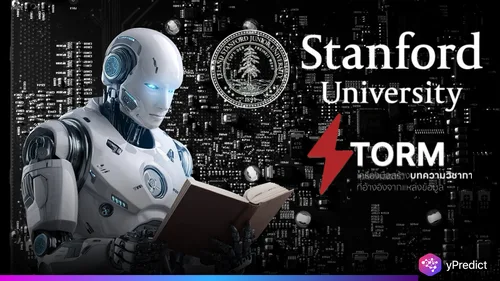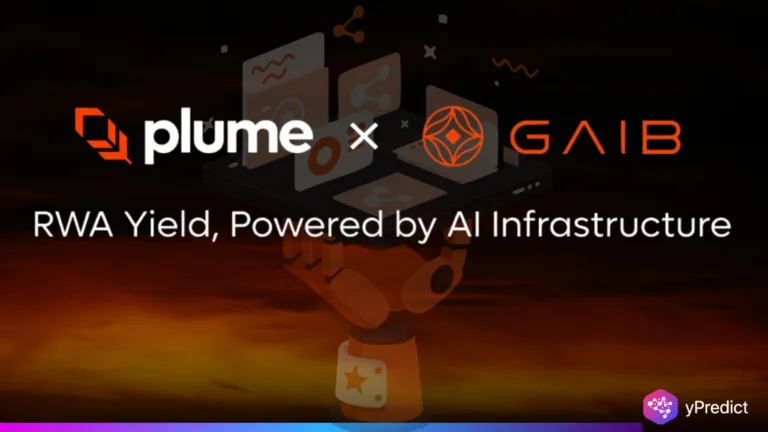
Artificial intelligence has already transformed content creation, but the academic space has often been left behind. Many tools promise speed and accuracy, yet few can deliver research-grade outputs that meet the high standards of universities and institutions. That gap is exactly what Stanford researchers set out to solve. With the launch of Storm AI, Stanford University has introduced a free and powerful system designed to produce Wikipedia-quality reports in seconds. Unlike many generic text generators, this Stanford AI research tool focuses on precision, structured citations, and factual reliability. For researchers, students, and educators, this tool could change how knowledge is created and shared.
What Makes Storm AI Different from Other Tools
Storm AI stands out because of its 99% accuracy level in generating reports. Most AI tools struggle with factual consistency, often fabricating citations or presenting unreliable data. Storm was built to address these flaws by combining advanced natural language processing with rigorous knowledge sources.
Instead of focusing only on speed, the tool prioritizes trust. Each report comes with clear references, making it far more reliable than many commercial solutions. This reliability is one of the main reasons why experts are already comparing Storm with Google Research as a potential challenger.
How Storm AI Supports Academic Knowledge Creation
One of the most compelling advantages of this AI report generator is accessibility. Storm AI is free to use, which is extremely valuable for researchers in developing countries or institutions with limited funding. By lowering the barrier to the entry point, the tool provides access to academic writing support to more people.
The process is also simple. A researcher states a topic or question and Storm generates a structured, fact-checked report with citations. The ability to produce content quickly without compromising accuracy is especially helpful to students working on theses, teachers developing material, or scholars constructing articles.
Why Storm Could Rival Google Research
Google Research has been providing leadership in academic-focused, AI-based tools for some time. However, Storm offers a new level of competition. Storm’s attention to accuracy and references is especially attractive for academics who can’t afford to not trust AI tools.
If Storm continues to improve, it may become the go-to academic research AI for professionals generating reliable and quick content. If it comes from Stanford, one of the best universities in the world, it surely captures credibility and global appeal.
Impact on the Future of Academic Writing
Storm AI is not simply a tool; it embodies a transition in scholars’ perspectives on knowledge generation. Instead of laboring for weeks to assemble data on published research manually, researchers can now focus on interpreting, analysing, and innovating.
The Stanford AI research tool is not intended to replace human expertise but to enhance it — by rendering tedious tasks more efficient, improving access to reliable resources, and decreasing the chance of human error while creating citations. Storm may help set the standard for trustworthy academic support as many more institutions embrace AI-assisted solutions.
Challenges and Ethical Considerations Ahead
Although Storm has potential, hurdles still remain. Colleges will require to think about how to use tools like this without losing original thinking. Plagiarism checks, ethical use rules, and readability rules for citations will become more prominent.
Simultaneously, the AI report generator could come under attack from educational professionals who are concerned about using too much technology. But when used responsibly, Storm can help students and scholars increase productivity, without diminishing their engagement.
Final Thoughts
The release of Storm highlights how far AI has come in serving academia. For the first time, researchers have a free tool that balances speed with scholarly reliability. By bridging accessibility, accuracy, and academic rigor, Stanford AI research tool Storm could become one of the most valuable innovations of this decade.
The real test will be adoption. If universities, schools, and individual researchers embrace it, Storm could redefine the future of academic research, challenging giants like Google Research and raising the standards for AI-powered knowledge creation.






